Vegan Globetrotter is supported by our audience. When you purchase through one of our links, we may earn a small affiliate commission. As an Amazon Associate I earn from qualifying purchases. Your cost is not affected.
==================
There are a lot of questions like “Are cutting boards eco-friendly?”. You know, shopping for a cutting board can be quite a puzzle, especially if you’re aiming to be eco-friendly. The key here is to stick with untreated, natural materials as they’re the best bet when choosing eco-friendly cutting boards. Steer clear of manufactured materials like plastic because they wreak havoc on the environment during production and beyond that. So, to help you, here are some handy tips to figure out which cutting board suits you best.
Things to Ensure Before Buying an Eco-Friendly Cutting Board
When searching for the perfect cutting board, there are a few important factors to consider. First up, sustainability is key. Look for one made from eco-friendly materials so you can chop away with a clear conscience. Another thing to keep in mind is how knife-friendly it is. You don’t want your brand-new board to dull your shiny knives over time, right?
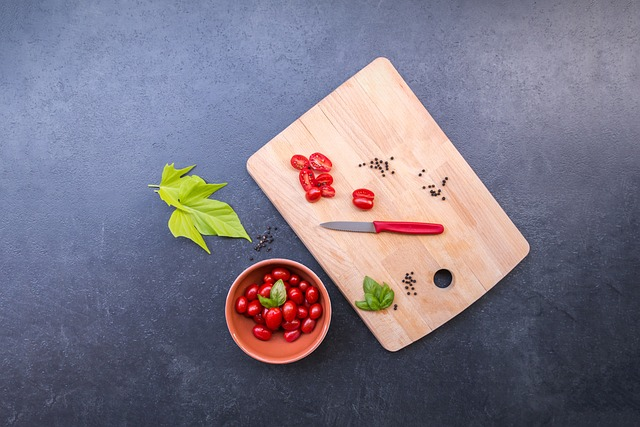
Durability is a big deal, too. You’ll want a cutting board that can withstand time without needing special care or maintenance. Convenience matters, too, so consider whether it’s dishwasher safe or you’ll have to handwash it every time. Who’s got time for extra chores? Am I right? Now, don’t forget about the design. Ensure the cutting board fits perfectly into your kitchen setup – whether it’s your cabinet, counter, or a snug spot in a drawer. And last but not least, we all have budgets to watch. So, consider if the cutting board falls within your budget, especially if you need to grab more than one for your cooking adventures.
Some Materials to Consider When Buying a Cutting Board
Let’s narrow down the options for cutting board materials. We’ll skip glass because it’s tough on knife blades, and plastic, whether hard or thin and flexible, is a no-go as it dulls knives and isn’t eco-friendly. The wood fiber composite boards are also out of the picture, as they can be dulling and may contain harmful chemicals. We want you to have a cutting board that treats both your knives and the environment right, so let’s explore some better alternatives.
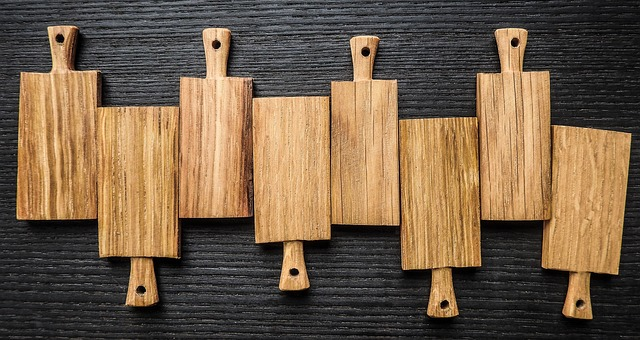
Let’s talk about the eco-friendly champs of the cutting board world. First, we’ve got bamboo – it’s a fantastic option because bamboo grows fast and is sustainable. Plus, it’s pretty sturdy, making it a reliable choice for all your shopping needs. Then we’ve got classic wood cutting boards. They’re not just beautiful; if you go for responsibly sourced wood, you support sustainable practices.
Last but not least, rubber-cutting boards deserve a shout-out, too. They’re usually made from natural rubber, which is kind to the environment and gentle on your knives. So, whether you’re a bamboo enthusiast, a wood lover, or digging the rubbery vibe, these three materials have covered you with an eco-friendly cutting board ready to take on your kitchen adventures.
Is Bamboo a Good Cutting Board?
Bamboo cutting boards are eco-friendly. They’re not just incredibly cool-looking but have some serious advantages, too – lightweight yet strong, a winning combo. And guess what? Bamboo is a hard grass type, meaning it’s a sustainable and renewable resource. No yucky chemicals are needed to help it grow or be harvested.
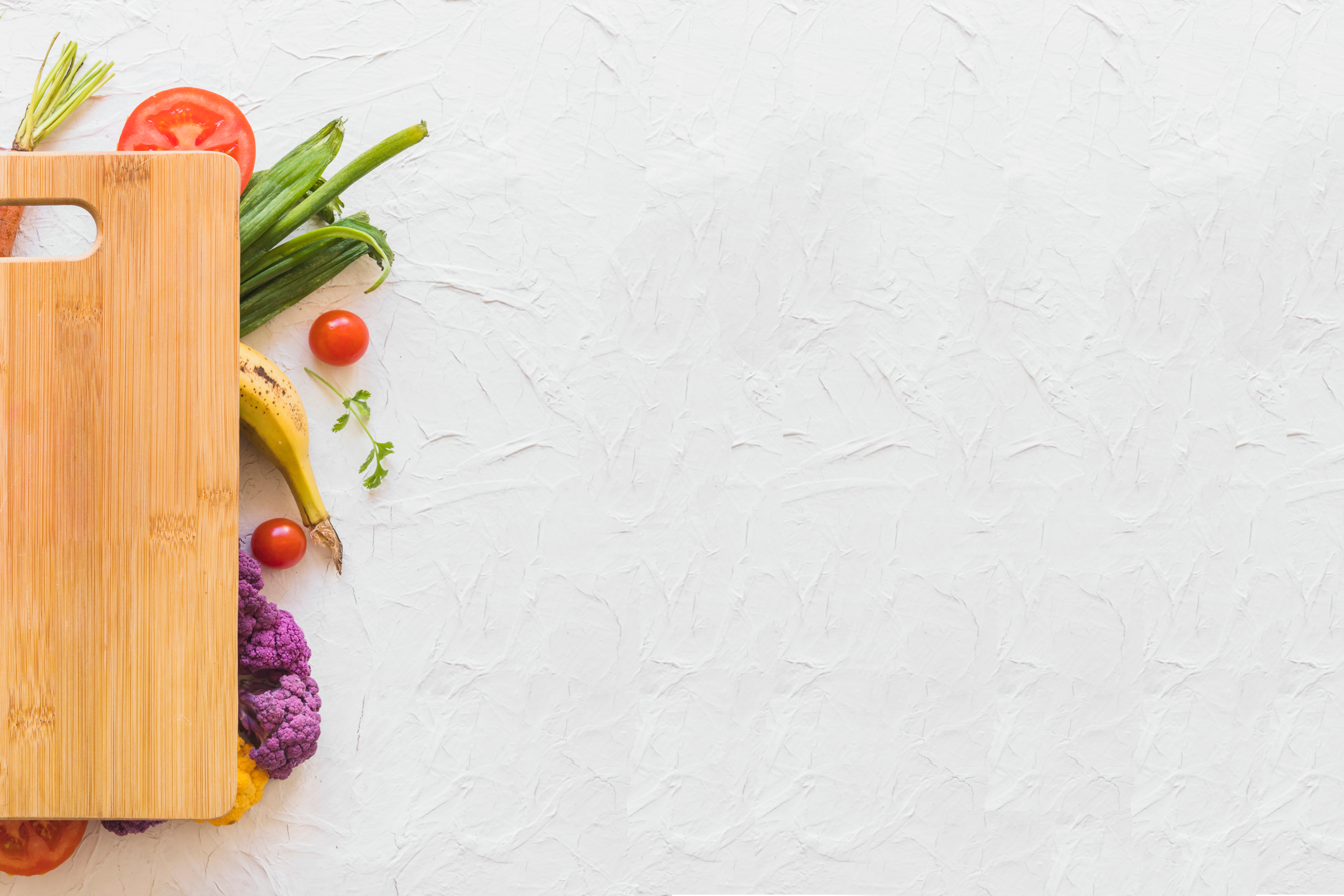
And here’s another cool thing – those bamboo boards have a tight-grained and dense surface, making them a breeze to clean. But we need to consider the chef’s opinion. The fact that bamboo cutting board is eco-friendly, it is also high in silica content that could possibly harm your knives compared to wood cutting boards. Also, there is a high percentage for it to be unsanitary if not taken care of properly. Due to its porous consistency, the bamboo cutting board can absorb bacteria. However, bamboo boards are usually used as serving boards, such as charcuterie.
Moso Bamboo
You won’t believe the quality of Moso bamboo. It outshines all other bamboo and hardwoods when gobbling up carbon dioxide and pumping oxygen.
And here’s the best part – harvesting mature stems doesn’t harm the mother plant, so it’s like having an endless supply of this amazing resource. It is a Mother Nature-approved!
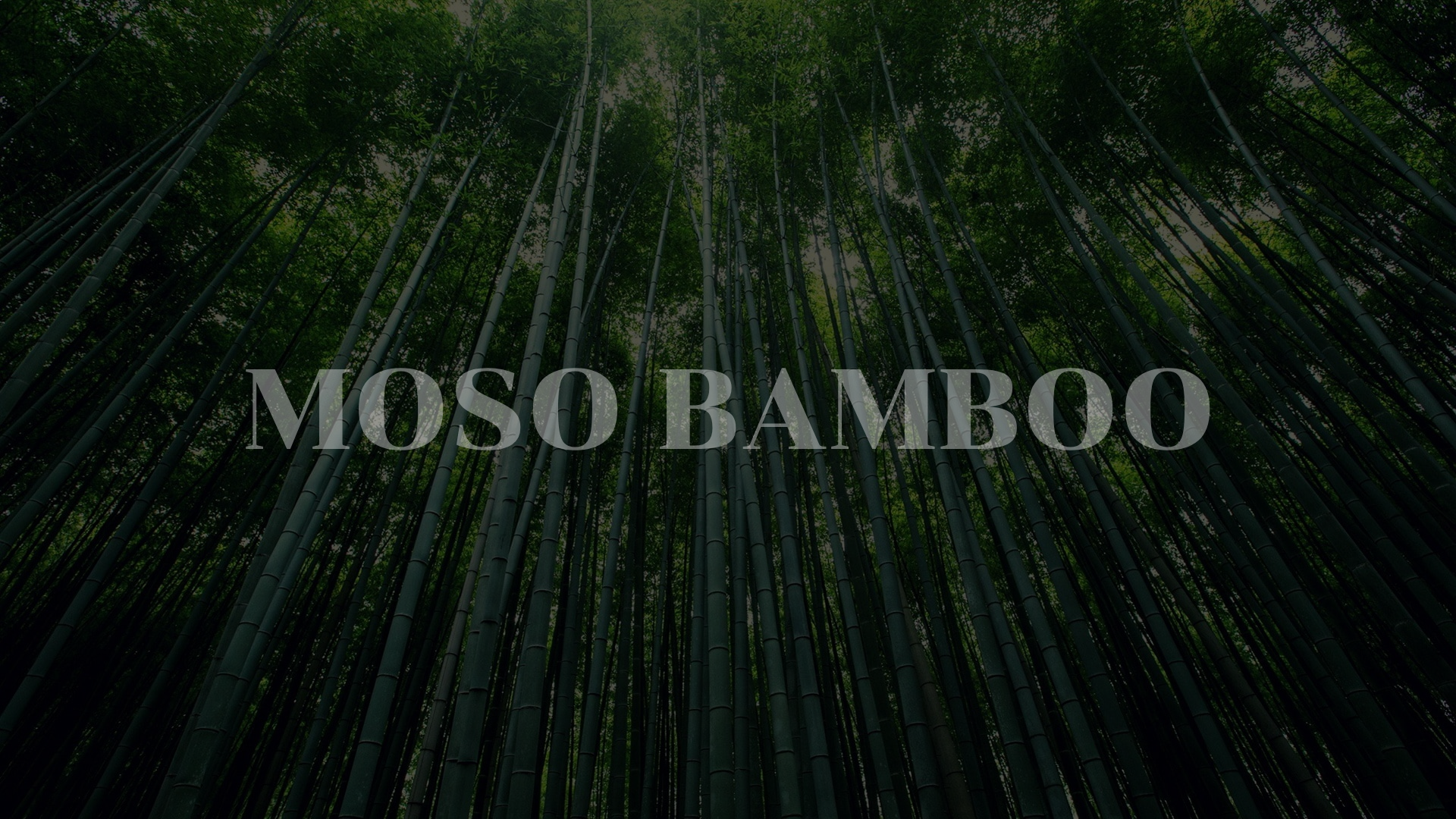
Hold on because it gets even cooler. Moso bamboo is one of the fastest in the plant world, growing at a jaw-dropping rate of about 1 meter per day. Now, that’s some serious turbo-regeneration action going on.
But let’s be real about it. While bamboo is fantastic in so many ways, it’s around 15 percent harder than traditional maple. So, as awesome as it is, it can be a bit tough on your beloved knives. And those little grooves on the board might ever so slightly catch your knife, giving you a tiny hiccup in your smooth cutting flow. Yet, with all the other impressive perks, a little knife care might be worth it for this eco-friendly rockstar.
Is Bamboo a Dishwasher Safe?
The world of bamboo cutting boards has covered you with many fabulous designs and sizes that won’t break the bank. They’ve become super popular, you know. But here’s the thing – these beauties need a little extra TLC for cleaning. Steer clear of the dishwasher, my friend, because high heat and too much water exposure can be a bummer for them. Instead, give them a gentle hand wash with soapy water, and they’ll stay tip-top.
Wood Cutting Boards are the Best Eco-Friendly Cutting Boards
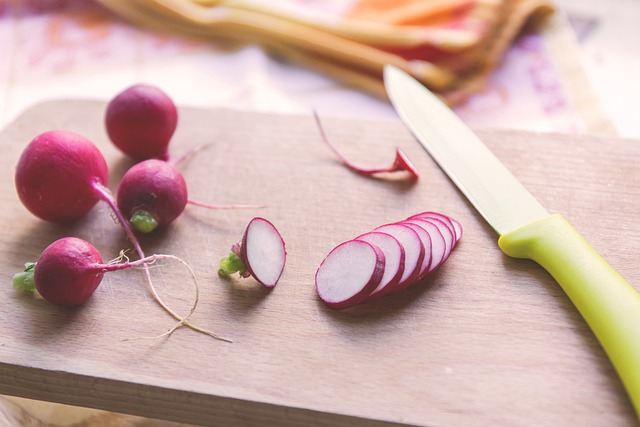
Wood-cutting boards are pretty cool, too. They may grow slower than bamboo, but they’re still renewable, and many are made from waste wood, which is fantastic for the environment. Softwood boards are like BFFs to your knives, keeping them sharp for longer. And the best part? A good maple or beech board is self-healing so that it won’t get scars quickly. Wood cutting boards are a win-win – eco-friendly, knife-friendly, and look great in your kitchen.
Top Wood for Cutting Boards
Maple Wood Cutting Board
The king of hardwoods. It’s challenging and resilient, with tiny pores that keep moisture, bacteria, and stains at bay. Give it some love with conditioning every month or two, and it’ll keep shining in your kitchen.
Walnut Wood Cutting Board
It’s like a gentle giant for your precious knives. With its softer texture, it provides even better protection than Maple. Treat it to some oil every month or two, and you’ll have a happy board and happy knives.
Teak Wood Cutting Board
It is a beautiful tropical hardwood that can retain oil like a pro. That means less upkeep. Give it some oil every 3-6 months; it’ll stay warp-free and happy. But here’s the catch – its high silica content can be tough on your knives, so keep that in mind.
Beech Wood Cutting Board
A sturdy contender that’s right up there with Maple when it comes to scratch resistance. Monthly oiling will keep it in shape and ready for culinary and cooking adventures.
Proper Care for A Cutting Board
To keep it looking fab, make sure to oil it up with some food-grade mineral oil regularly. That way, you’ll shield it from unsightly stains and warping. And one more thing – no dishwasher for your beloved board, okay? It prefers a gentle hand wash instead.
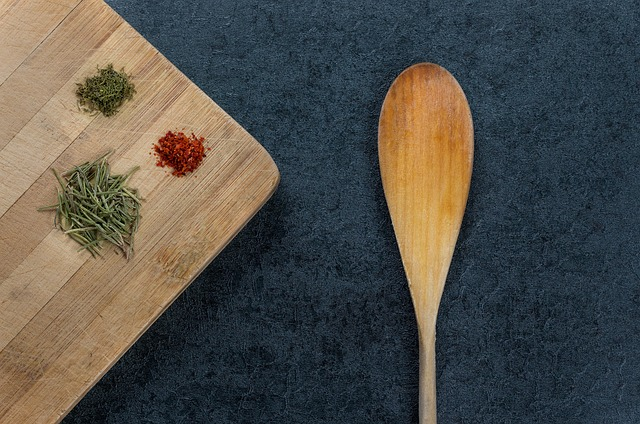
Now, here’s the payoff – when you give your wood board the care it deserves, it will be your kitchen buddy for years. Yep, that’s right! So, even if it costs more than other options, it’s worth it in the long run.
Rubber is also an Eco-Friendly Cutting Board.
Rubber cutting boards might not be everyone’s option, but they’re a fantastic choice to ditch plastic and go for an affordable, eco-friendly option.
The cool thing about natural rubber is that it is all about sustainability. It’s sourced from latex collected from rubber trees grown using eco-friendly methods. These trees balance carbon dioxide in the atmosphere, making them good for the planet.
And here’s more good news – natural rubber is non-toxic. You won’t find harmful stuff like petroleum, chemicals, or heavy metals in these products, which is excellent for our health.
Plus, they’re biodegradable too. When it’s time to say goodbye to your rubber cutting board, it’ll decompose naturally, leaving no harmful environmental impact. So, for an eco-friendly and health-conscious choice, rubber cutting boards are for you.
Rubber Cutting Board Durability
Rubber cutting boards might not win a beauty contest against wood, but remember their awesome perks.
First, they’re non-porous so that no sneaky bacteria can invade, and you won’t see any nasty splits, cracks, or peeling. And there’s more goodness – liquids don’t stand a chance with rubber. The board won’t soak up any spills, making it resistant to stains and funky smells. Plus, maintenance is a breeze – easy peasy.
The cool part? Rubber cutting boards are like superheroes of eco-friendliness. They’re non-toxic and plastic-free, so that you can chop away with a clear conscience.
End-Grain vs. Edge-Grain Cutting Board
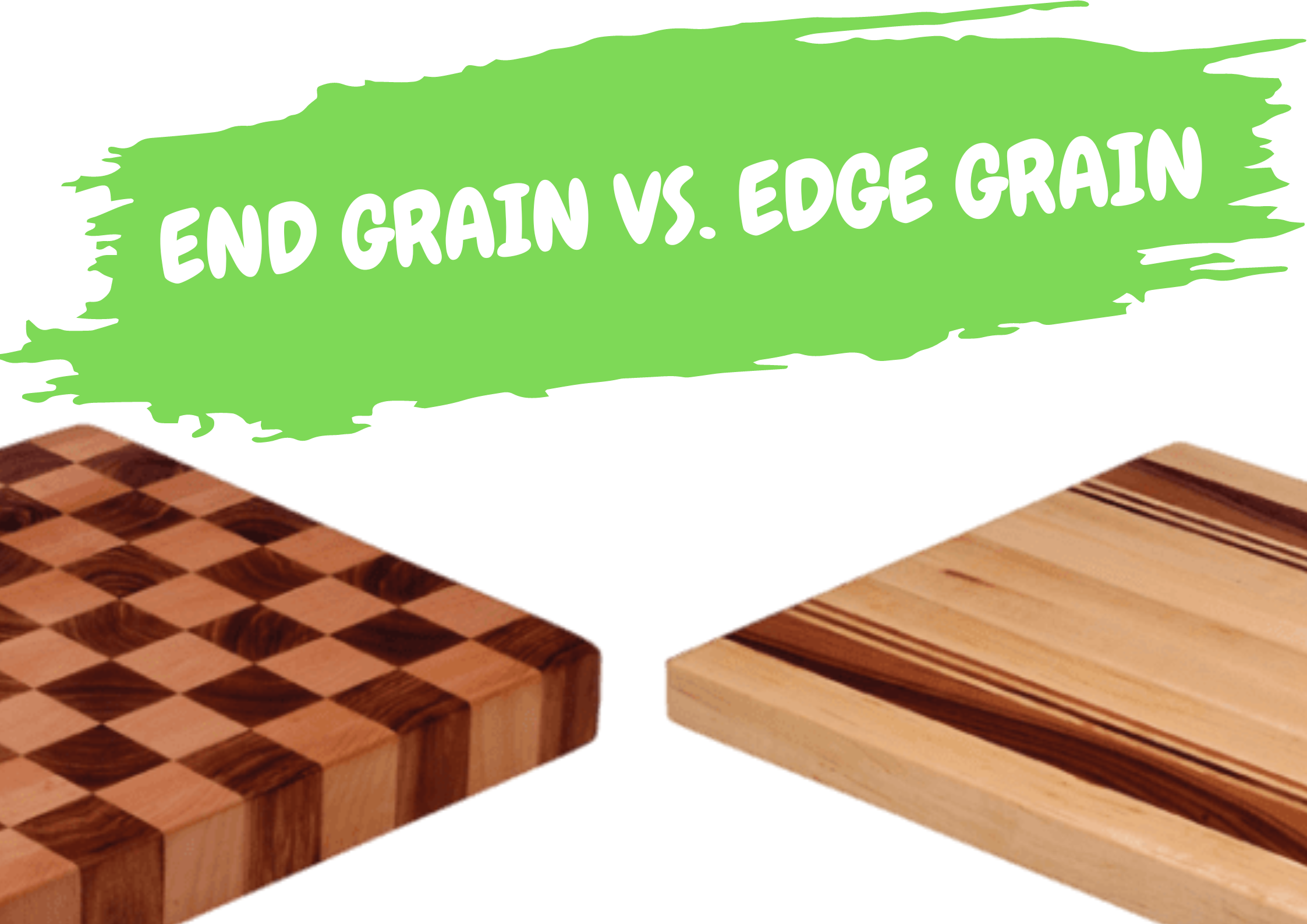
End-Grain
Which has a cool checkerboard pattern on top. These are antibacterial champs and are super knife-friendly. But, they’re also the priciest because making them takes some serious work. But it’s worth it – they’re kind to your knives and last long.
Edge-Grain
More straightforward construction with parallel wooden boards fused. These are more budget-friendly. They repel moisture well, so less upkeep is needed. But be careful – their rigid surface might dull your blades faster, and they won’t self-heal as effectively, so their lifespan is shorter.
Benefits of Having Eco-Friendly Cutting Boards
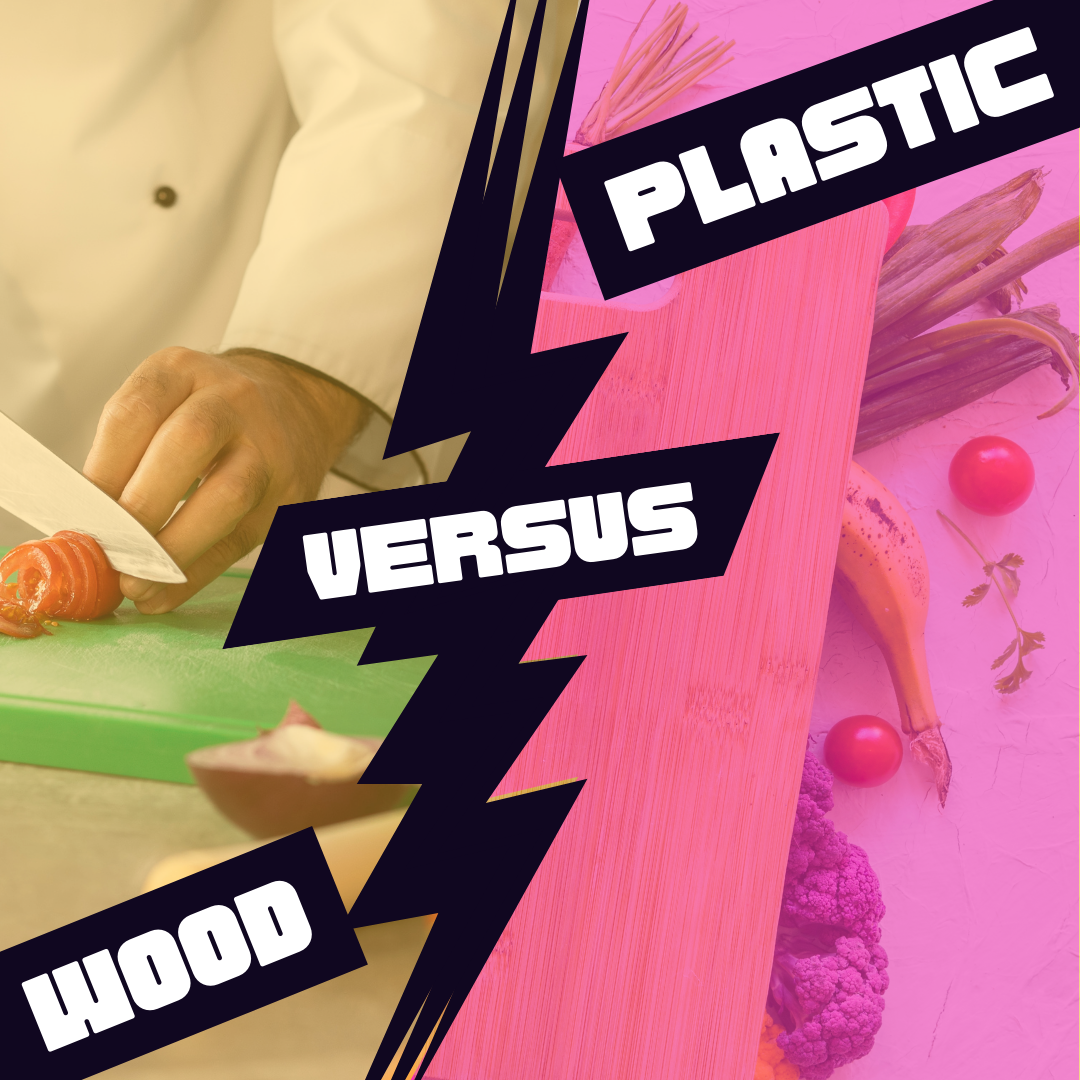
An eco-friendly cutting board is a total win. It’s made from sustainable stuff, reduces waste, and keeps your food safe with non-toxic goodness. And when it’s time to part ways, it won’t mess with Mother Earth because it’s biodegradable. Plus, it’s knife-friendly and looks darn beautiful in your kitchen. And you know what? By choosing eco-friendly, you’re doing your part for a greener planet.
Start Using Eco-Friendly Cutting Boards
When you struggle to choose between plastic and eco-friendly cutting boards, no doubt, an eco-friendly cutting board wins. They’re way more hygienic, durable, and eco-friendly, making them a smart choice for any cook who cares about the environment. Get yourself a top-notch eco-friendly cutting board, and you’ll elevate your cooking game and support sustainability and responsible kitchen habits. So, it’s time to say goodbye to plastic and welcome eco-friendly cutting boards’ timeless charm and practical perks.
FAQs
What makes a cutting board eco-friendly?
It is made from sustainable and renewable materials, minimizing its environmental impact. It is often biodegradable, non-toxic, and crafted using eco-conscious practices.
What materials are commonly used for eco-friendly cutting boards?
Bamboo, sustainably sourced wood, natural rubber, and recycled materials are common choices for eco-friendly cutting boards due to their environmentally friendly properties.
Do eco-friendly cutting boards require special maintenance?
Some eco-friendly cutting boards, like wooden ones, may need occasional oiling or conditioning to keep them in prime condition. However, the maintenance is usually simple and worth the eco-friendly benefits.
Are eco-friendly cutting boards hygienic?
Yes, most are made from non-porous materials like bamboo or rubber, which can be very hygienic. They are less likely to harbor bacteria and are easy to clean thoroughly.
🌱 Explore More About Eco-Friendly Cutting Boards: Join Us on Social Media! 🍉🌽
👉 Engaging Content: Follow us on Facebook, Instagram, Pinterest, and Twitter for exciting posts about fruits, veggies, cooking equipment, and the vibrant vegan world.
👉 Product Reviews: Discover honest reviews on plant-based products and delicious vegan recipes.
👉 Connect with a Community: Join our passionate community of vegan enthusiasts, share your experiences, and learn from like-minded individuals.
📌 Find us on Social Media:
🔹 Facebook: https://www.facebook.com/VeganGlobetrotter
🔹 Instagram: https://www.instagram.com/_veganglobetrotter/
🔹 Pinterest: https://www.pinterest.com/theveganglobetrotter
🔹 Twitter: https://twitter.com/VeganGlobetrot
🌍 Let’s cook on a more eco-friendly journey together! 🌱🌏



Don't miss out
when new recipes and information are added!
Join our newsletter for free recipes,
healthy living inspiration, and special offers
You have Successfully Subscribed!